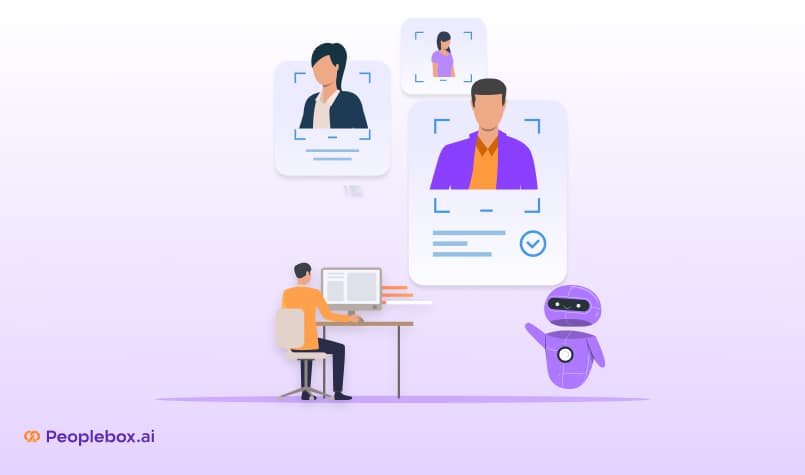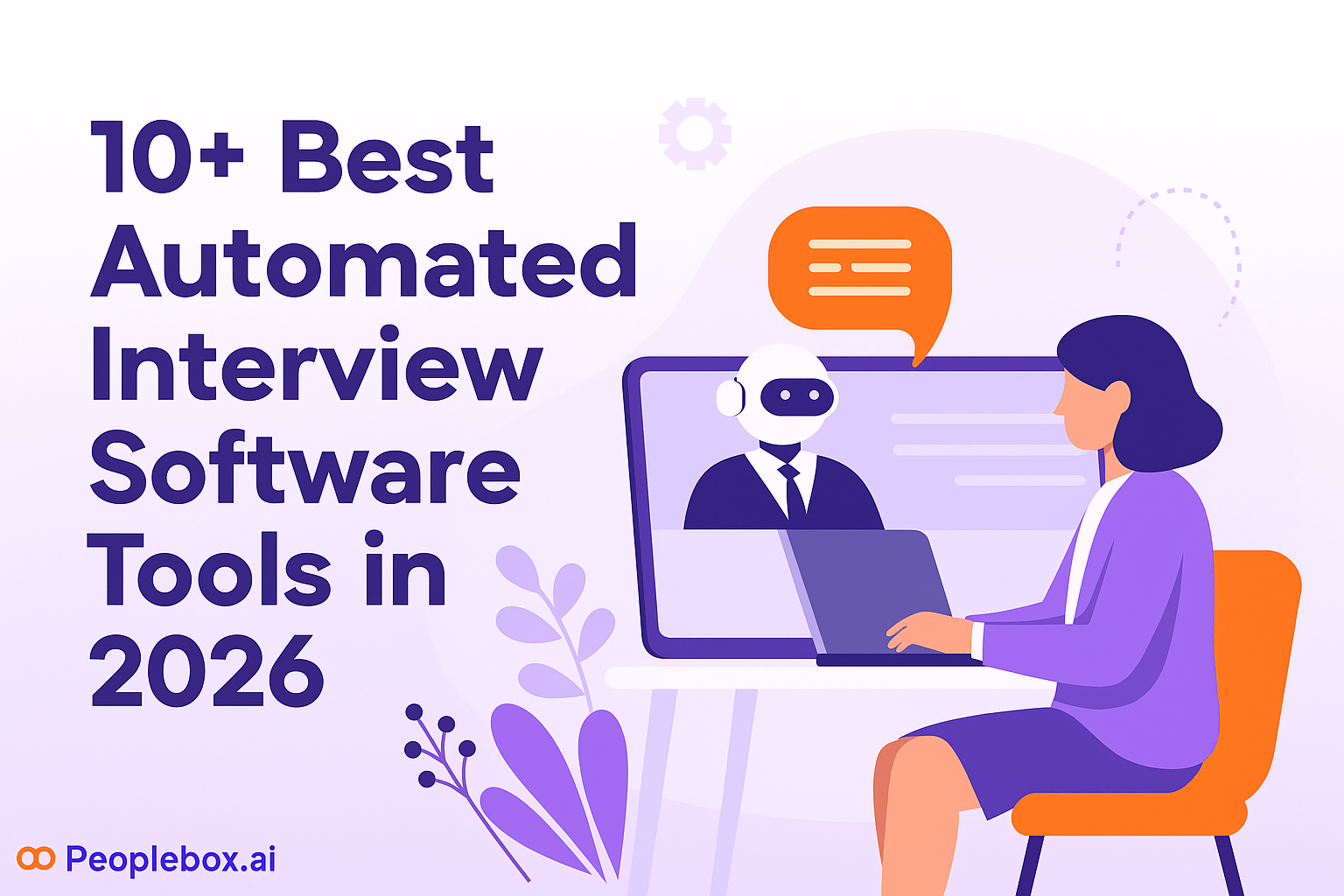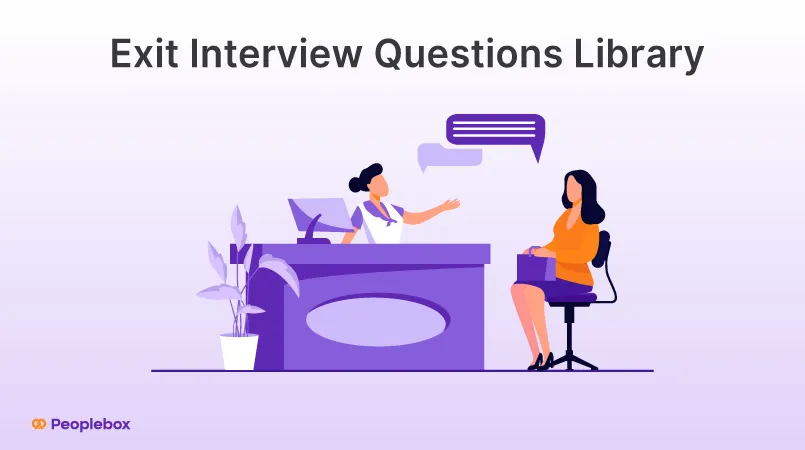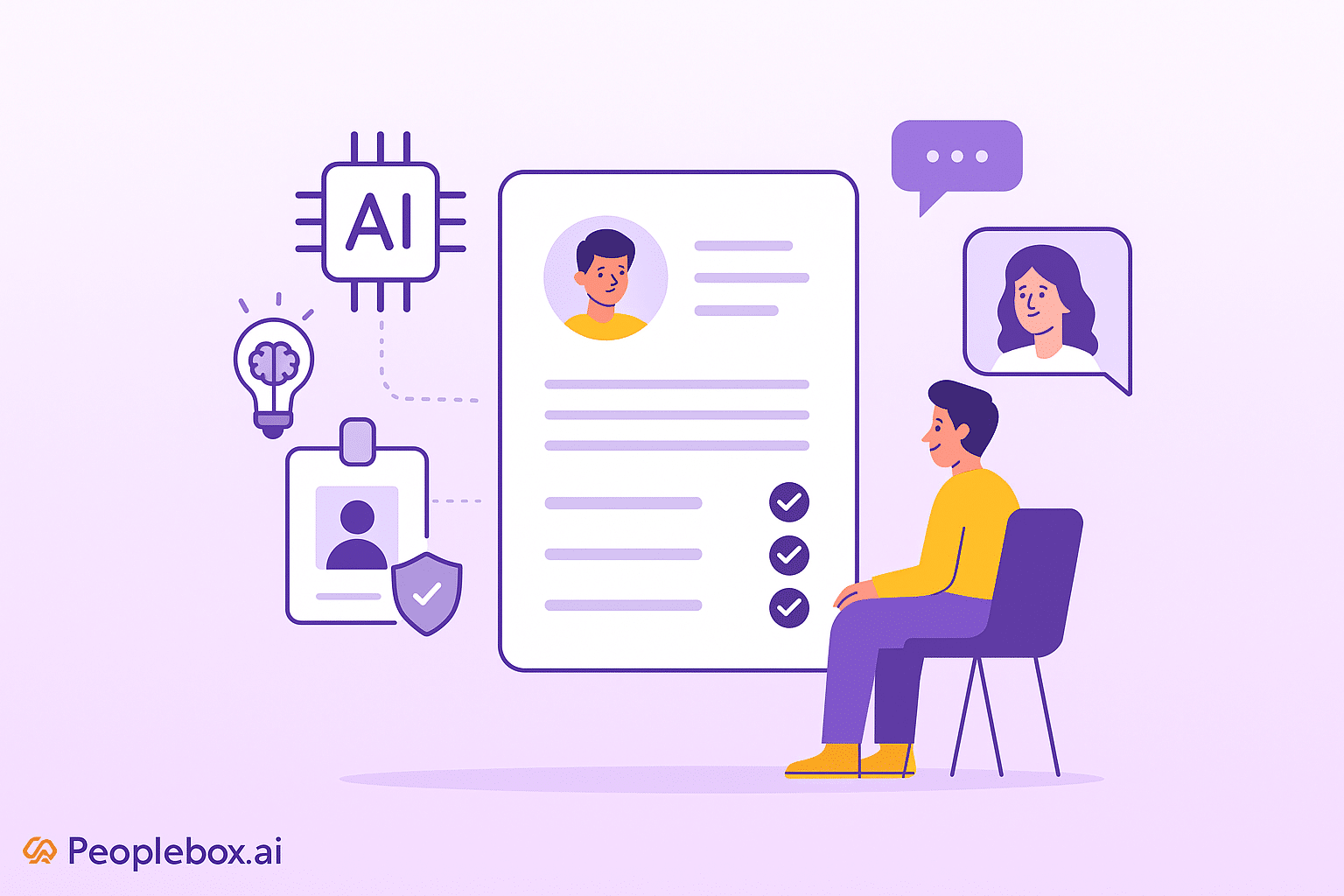TL;DR
AI interview tools in 2025 are revolutionizing the hiring process by automating resume screening, pre-screening, and interviews. They cut hiring times from weeks to minutes, improve candidate experiences, and reduce ghosting.
These tools provide data-driven decisions, real-time feedback, and customizable workflows, making the hiring process more efficient, faster, and fairer. With speed, scalability, and seamless ATS integration, they stand out in the hiring space.
Job interviews used to be a whole different beast. Remember when you’d print your resume for every gig and cross your fingers someone would actually read it? Then came the endless back-and-forth scheduling phone interviews total time drain. Fast forward to 2025 and let’s be real, that old-school routine? Feels like something out of a museum.
Now, AI interview tools are basically running the circus. No joke, they chew through resumes, throw out interview questions (and yeah, they sound weirdly human sometimes), size up your skills, and then spit out these neat little reports before you’ve even had time to overthink your handshake.
So what’s the deal with these AI tools? Why is everyone in HR suddenly obsessed? And, more importantly, how do you actually use this stuff without turning your hiring process into a robot apocalypse? Stick around, we’re diving into all of it.
The What — Understanding AI Interview Tools
- Definition: Alright, let’s break it down without the tech-jargon robot voice.
- AI interview tools? Basically, they’re like supercharged HR sidekicks that jump in and do way more than just lend a hand they pretty much take over some of the grunt work. Picture this:
- They zip through stacks of resumes way faster than any human could, pulling juicy details from LinkedIn and all over the internet (kinda creepy, but also kinda impressive).
- Then you’ve got these weirdly realistic video or voice interviews. The AI pretends to be a person and throws questions at you. Sometimes it’s almost too good, you forget you’re chatting with a bot.
- There’s also a bunch of tests to see if you actually know your stuff, can communicate without sounding like a robot yourself, and whether you’d vibe with the company.
- And after all that, it spits out scores and tidy little reports, so the hiring manager can just glance at the numbers and make the call. Wild times for job hunting, honestly.
- Key Features
- Resume enrichment? Basically, it grabs fresh details off your online profiles yeah, even that half-forgotten LinkedIn and chucks ’em into your ATS file, all automatic-like.
- Next up: AI’s busy whipping up interview questions tailored to both the job and your vibe. It even scores your answers on the fly. Wild, right?
- And forget those boring tests they’re baked right into the interview now. You might get tossed a coding problem or a quick task, all in real time. No pressure.
- Bias? They’re trying to squash it. The algorithms are tuned (well, supposedly) to cut down on people’s weird prejudices.
- Oh, and you don’t have to juggle a million platforms. This thing talks to Greenhouse, Lever, whatever. The whole process moves smoother than my last attempt at making pancakes.
- Types of AI Interview Tools
- Screening-focused – Basically, these dig through piles of resumes, sort ’em, and spit out a handy shortlist. Saves you from drowning in paper cuts.
- Interview-focused – All about AI-driven voice or video interviews. Think of it as a robot conducting your first round and giving instant feedback, like Simon Cowell but less judgmental.
- All-in-one platforms – The Swiss Army knives. They handle resume screening, interviews, candidate reports, dashboards for the managers, the whole circus, really.
The Why — Benefits of Using AI in Interviews
- Speed & Efficiency
- Chops that brutal hiring slog from weeks down to, like, half an hour. Seriously, no more endless back-and-forth trying to pin down interview times.
- The whole mess of coordination? Gone.
- Now recruiters can actually spend their time talking to people who might, you know, actually get the job instead of sifting through a pile of “maybe” resumes forever.
- Better Candidate Experience
- You actually get answers right away, no more waiting around forever, wondering if your application fell into some black hole.
- No more getting ghosted; you’ll know where you stand, even if it’s not great news.
- Everyone gets sized up the same way, so it’s not just random or unfair.
- Data-Driven Decisions
- Ditch the wild guessing scoring’s got structure now.
- You actually see what people can do, how they act, and if they vibe with the role.
- And hey, with all this predictive analytics jazz, you can spot the winners before they even walk through the door. Not too shabby, right?
- Scalability
- Can chew through a mountain of job apps without breaking a sweat.
- Don’t care if you’re hiring a rare underwater basket weaver or cranking through a flood of resumes for retail gigs handles both like a champ.
- Brand Protection
- Cuts down on those salty Glassdoor rants about ghosting or endless waiting.
- Keeps your company from scaring off solid candidates nobody wants to work for a place with a rep for being a black hole.
The How — Implementing AI Interview Tools
- Choosing the Right Tool
- Pick features that actually fit your hiring vibe: are you cranking through a ton of applicants, or hunting down unicorns for those super-specific gigs?
- Stick with platforms that play nice with your current ATS. No one wants to wrestle with clunky software all day, trust me.
- And hey, don’t sleep on customization. You want to tweak interview questions, scoring, and report the whole nine yards. Otherwise, what’s the point?
- Setting Up the Workflow
- Candidates toss their resume into the system.
- AI sniffs it out and beefs up the profile in seconds.
- Then, the bot fires off a pre-screen and even handles the awkward first interview.
- Some tool spits out a neat little report.
- The hiring manager scrolls through it all on their own time and calls the shots.
- Training the Team
- Teach recruiters how to actually read those AI reports without their eyes glazing over. Don’t just hand the robot the keys humans still need to have the final say, period.
- Make sure whatever scoring system you’re using actually matches what your company cares about and what the job actually needs. Common sense, right?
- Monitoring and Optimization
- Don’t just set and forget those AI suggestions poke around in there every so often.
- Tweak the screening settings if things aren’t quite hitting the mark; sometimes those filters miss the good ones, you know?
- Keep an eye on stuff like how long it actually takes to hire someone, where candidates bail, and whether folks are happy (or just ghosting you). That’s the real tea right there.
Example in Action — Case of Nova from Peoplebox.ai
Watch Nova, our AI interviewer, in action
Alright, here’s the real deal: Nova isn’t your average recruiter, it’s like the Usain Bolt of hiring tools. No more twiddling your thumbs while someone “gets back to you.” This thing chews through resumes, beefs up profiles, and even runs interviews faster than you can say “Did they ghost me again?” It’s like the whole process in turbo mode, minus the endless back-and-forth emails. No scheduling drama, just straight-up efficiency.
- Before Nova: Yikes, resume screening dragged on for almost a week, sometimes longer if someone went on vacation or, I dunno, forgot. Then came those pre-screening calls, which chewed up another 3 to 5 days (assuming nobody ghosted, which, let’s be real, happened). Scheduling the first round of interviews? Oh boy, that circus could take anywhere from a week to two, depending on how many calendars needed syncing.
Add it all up and you’re staring at, what, two to six weeks just to get to Round 2? No wonder more than half the candidates bailed. Honestly, 60%+ drop-off doesn’t even feel surprising; it’s almost expected with that kind of snail’s pace.
- After Nova:
- Boom resume screening, pre-screening, and that dreaded first round? All done in a snap.
- You get reports, scores, transcripts, and all those juicy skill breakdowns before you’ve had time to even finish your coffee.
- From hello to Round 2 in, what, half an hour? Wild.
- Oh, and candidates ghosting you? Slashed by 80%. Not bad, huh?
| Streamline Hiring with Peoplebox.ai Transform your recruitment process with AI-powered interview tools. ✅Automated Resume Screening – Fast and efficient. ✅AI-driven Interviews – Voice/video interviews for skills and fit. ✅Instant Reports – Get real-time candidate insights. Ready to speed up hiring? Request a demo |
- Key Advantages:
- Slashes all that tedious manual screening junk by, like, 90%.
- Seriously, it handles a trickle of applicants or a tidal wave 1 or 10,000, doesn’t matter, it just rolls with it.
- Oh, and it plugs right into your ATS, so you can actually automate the whole circus from start to finish.
Conclusion
Honestly, AI interview tools are kinda like having a cheat code for hiring. They crank up the speed, actually help spot the right folks, and believe it or not make the whole thing less soul-sucking for candidates. In a job market that moves faster than your morning coffee kicks in, that’s a serious leg up for any company trying to keep up.






